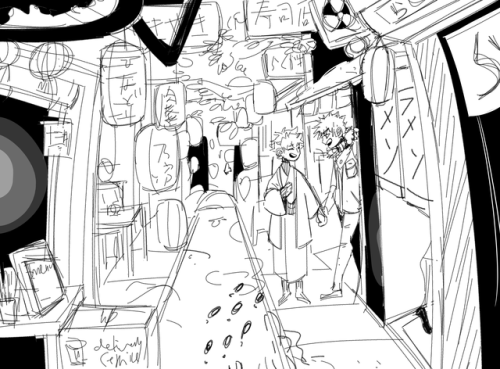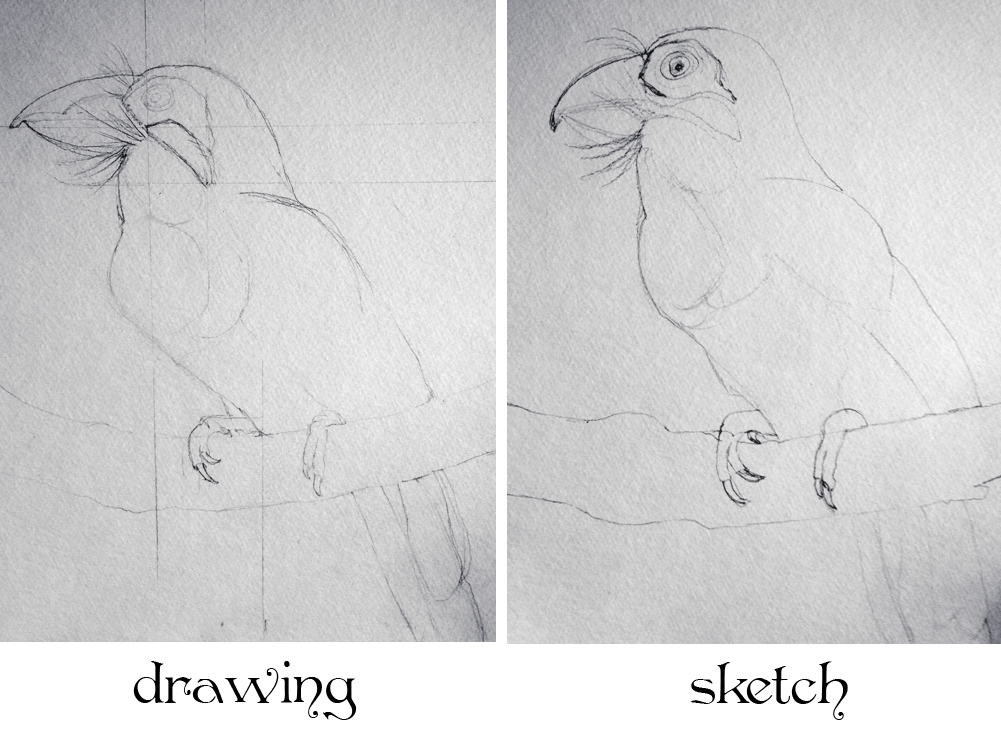
If private spending goes up, does this student have the first clue about what happens to real GDP? You may know the answer, but can you demonstrate this using only a graph? In the example below, it's clear that when (C+I) 0 shifts upward to (C+I) 2, this intersects GDP curve at a higher level. They will spend one second looking at your graph to judge your knowledge.

Use arrows to explain the story. The lecturer/TA marking your assignment is a busy person: they are trying to trying to test whether you and 250 other students understand a particular economic model.B is what happens when we private spending is reduced, and C is what happens when it's increased. In the first example below, A is the normal level of private spending/real GDP. Use big dots and letters to draw attention to "before and after".Before you start drawing, calculate the order of magnitude that can illustrate your point, then figure out the quantities you need. Leave the microscopic $2 MR=MC magnitudes to microeconomics. real GDP at $500,000 to $600,000: you'll typically be working at the magnitude of hundreds of billions of dollars. You're not going to be able to analyse changes of private spending vs. In macroeconomics, the quantity of money at which you want to analyse curves is "large". Work out the order of magnitude required to illustrate your point.Specify the unit of measurement too, e.g.



 0 kommentar(er)
0 kommentar(er)
